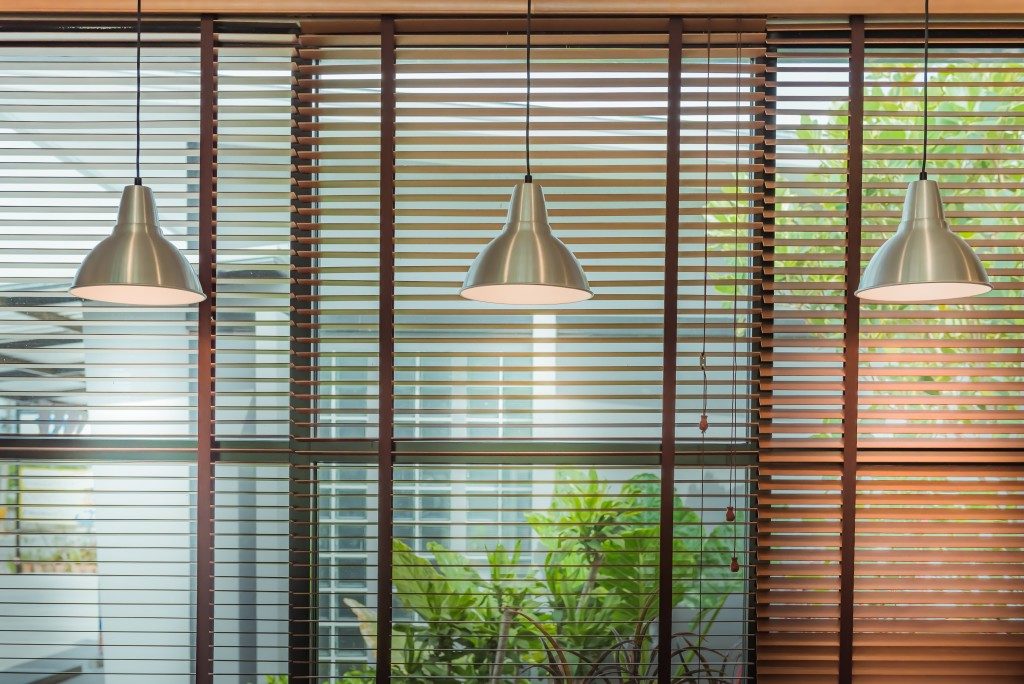If there’s a list of the most overlooked elements in interior design, the first one would definitely be the windows. People simply don’t pay much attention to it until they notice that something’s off with their style. The truth is how you dress up your windows could make a huge impact on how the overall design of your home looks.
As much as you’re giving furniture and focal points serious thought, don’t deprive your windows the TLC they deserve as well. Follow these golden rules for window treatments:
Know your options
Of course, the first rule is to learn what your choices are. You have four main options:
- Blinds are made of plastic or wood, and their slats can open horizontally or vertically. They provide better light control, so they’re perfect for sections at home directly hit by sunlight.
- Shades are made of fabric, and can be rolled up and down using a pulley system. Aside from providing shade, they increase privacy, so they’re ideal in bedrooms and bathrooms.
- Drapes are also made of fabric. They’re ideal for living rooms, as their lengths and materials can exude sophistication which can be good visual points of interest, especially when you have the window as your focal point.
- Shutters, as Fair Haven, NJ interior designers explain, can be made of plastic or wood, and are usually used in front windows to increase curb appeal. Layer up your window treatment options to maximize their functionality and aesthetics.
Do the math

Not only should you know which to get, but how wide and how long exactly. Measure your window frames. With accurate figures, it would be easier to consult people at the store for the exact fixtures that would fit your windows.
If you’re going for draperies, do make sure to place rods at least 12 inches above your window frame. In fact, if possible, hang them all the way up to the ceiling. This will give the illusion of height and luxury.
A lot of homeowners make the mistake of putting curtain rods directly above the windows, thus making the entire thing look stunted. Worse, you’re limiting the natural light coming into the space. To avoid these dilemmas, stick to the 12-inch rule. Maximize the vertical space in your walls so the length will be more defined.
Take note of cohesion
Remember that your window treatments are still part of the overall design, so you must consider how it complements other elements in the room. For instance, if you have an all-white living room, it’s best if you’d go for a neutral shade on your blinds.
If you’re planning to use shades with patterns, make sure that its prints match the accent color used in your design. For drapes, use a color that contrasts the dominant hue in your outdoor views to better highlight it. Shutters, on the other hand, should blend well with the wood elements in your room.
Again, your windows don’t deserve to be just an afterthought in your design. Give it the TLC it deserves. Master the art of window treatments by following the golden rules.

